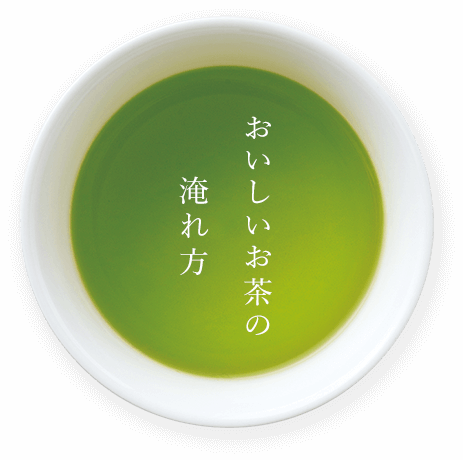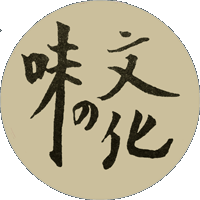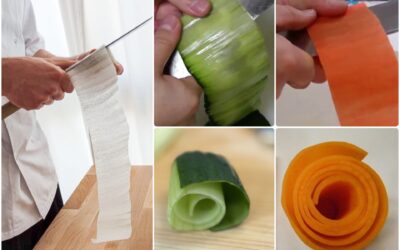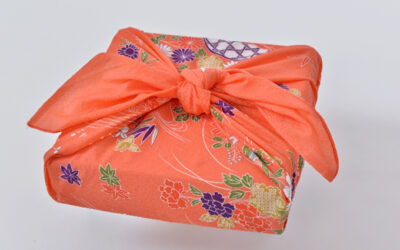
PROJECT New Tea
This PROJECT is about brewing and enjoying new tea, called shincha 新茶 in Japanese. Shincha teas are available online and in specialty shops around the world.
Most of the commercial green tea crop in Japan is grown in Shizuoka, southwest of Tokyo, though Uji (near Kyoto) and Ureshino (on the island of Kyushu) are also famous for their tea plantations.
Have you ever wondered why teas come in such a range of colors and flavors? All teas are actually processed from the same plant, Camellia sinensis, that is related to the camellia flower. A naturally occurring enzyme in the tea leaf normally leads to fermentation and the characteristic color and flavor of what is usually called black tea (though the name in Japanese, kōcha 紅茶 means “red” tea).
What makes green tea, green? The leaves are not allowed to ferment. The enzyme is de-activated by applying heat. In Japan, this is usually accomplished through steaming; in China and other parts of Asia, pan-roasting is the common method.

Brewing FLAVORFUL green tea
Attentiveness to water temperature is key to making the most of the flavor and aroma potential locked within shin cha leaves and stems.
The ideal temperature for extracting umami seibun (flavor-enhancing glutamatic acid) is about 70 degrees Celsius (158 Fahrenheit). Higher temperatures (above 80 degrees C/176 F) will activate tannic acid that releases bitterness and astringency.
The simplest way to brew flavorful tea without special equipment is to first bring water to a boil (100C or 212F). Pour the boiling water directly into the cups from which the tea will be drunk; typically in Japan small cups (holding about 100-120ml/about 4 fluid ounces) are favored. Allow the water to stand in the cups, uncovered, for 1 minute. This will warm the cups, cool the water and measure the amount of water needed to fill those cups with tea. Guidance on the ratio of tea to water and other details of brewing can be downloaded here: GREEN TEA brewing details.
Visit the Kitchen Culture blog post to learn about Japanese TEAPOTS for brewing and serving green tea.
Download a copy of my May 2023 newsletter about Japanese GREEN TEA and making cold-brew for hot weather.




